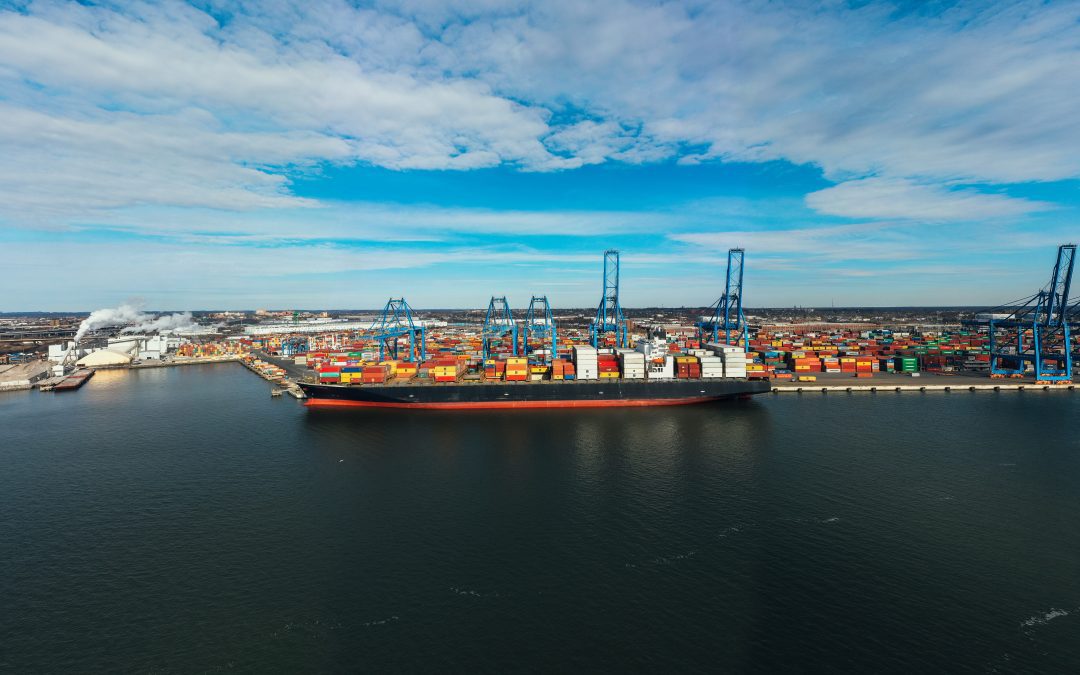IMO fuel regulations have been in place since 1 January 2020. Yet only now is the full impact of the 0.5% sulphur cap coming to light. In this article, we’ll take a closer look at the effects of low sulphur fuels on piston rings and what that could mean for your choice of equipment.
What is IMO2020?
The marine sector is responsible for around 50% of oil use worldwide. In an effort to reduce the industry’s global emissions, the International Maritime Organisation has taken measures to reduce sulphur emissions by 80% – the initiative is known as IMO2020.
Newer low sulphur fuels have a weight percentage of just 0.5% as opposed to the previous limit of 3.5wt%. It’s the most significant single reduction in sulphur content ever undertaken and has already positively impacted clean air and public health.
But after years of combatting corrosive piston ring wear caused by high levels of sulphur, could low sulphur fuels cause issues of their own?
The effect of sulphur on piston rings
In recent years, engine design has adapted to meet the need for greater energy efficiency. As a result, cylinder pressure has increased (causing the temperature to rise), but slow steaming is widely used to decrease temperatures, leading to sulphurous acid sulphuric acid condensation known as cold corrosion. To provide adequate engine protection, high alkalinity lubricants have been used to combat the problem of high sulphur fuels.
But some engineers believe cold corrosion is essential. It provides adequate levels of wear that allow cylinder liner surfaces to retain cylinder oil in order to avoid bore polish. In turn, that prevents metal on metal abrasion damage from the piston rings. But with the advent of new low sulphur fuels, effectively handling cylinder lubrication together with the introduction of wear resistant coatings on all rings in the ring pack, to minimise wear issues is now a top priority for engineers.
So in the new Very Low Sulphur Fuel Oil (VLSFO) landscape, what measures can your business take to mitigate the impact of IMO2020?
How does VLSFO impact piston rings?
Since the introduction of IMO2020, engineers have reported issues with high wear rates, heavy deposits, severe scuffing, thick deposits and sticky piston rings that have led to blow-by and breakages.
Deposits are most commonly seen on the back side of piston rings and in the grooves, reducing movement and causing the rings to ride out. This effect creates the excessive scuffing that has been widely reported.
The standard procedure for these issues is to optimize increase the feed rate of cylinder lubrication oil. The feed rate is then balanced with the base number (BN) measurement. However, correctly managing lube oil application takes patience and competence.
The condition of the rings, liner and combustion space must all be inspected, and the findings correctly interpreted. Only then can the feed rate and BN be precisely matched to the sulphur level in the fuel oil and the engine running conditions to minimise wear on the cylinder rings to an acceptable level.
BN additives can also prevent coagulation, making flushing out unwanted particles much more straightforward. However, you risk reducing the cleaning effect if you match low BN lubrication oil with low sulphur fuels. The correct BN and correct feed rate is critical to avoid deposit build-up and scuffing.
What’s the solution?
There’s no one-size-fits-all solution for switching from high to low sulphur fuel oil. However, one solution as mentioned above is to install cermet-coated marine piston rings ring pack. The wear-resistant hybrid ceramic and metal coating ensures engine reliability and can continue regular operation even after a temporary oil film breakdown.
Precision Products for piston rings
The situation regarding IMO2020 and marine piston rings is rapidly evolving. So if you want to keep your motor cylinder liners and rings running efficiently on low sulphur fuel oil, get in touch with Precision Products today.

